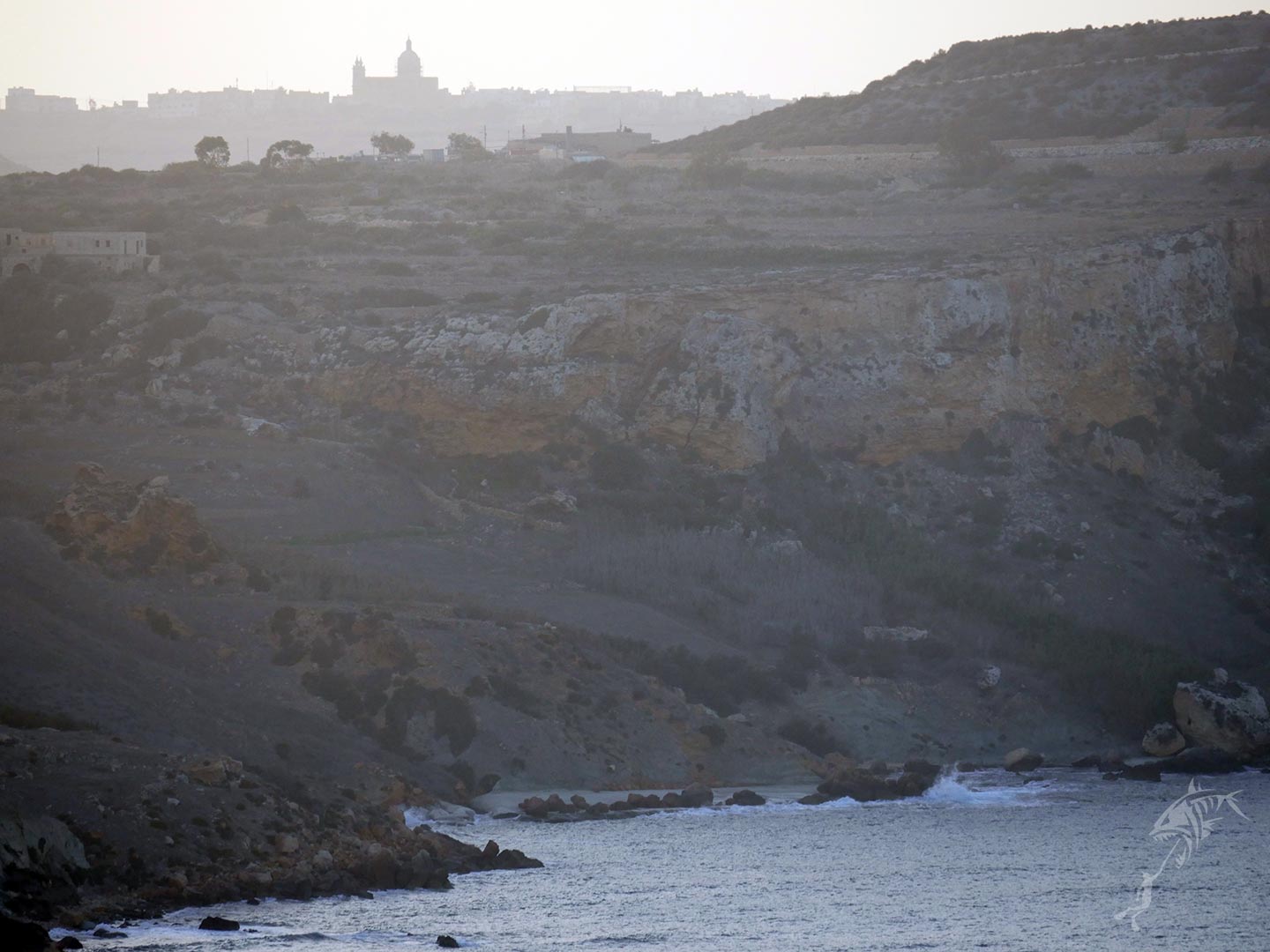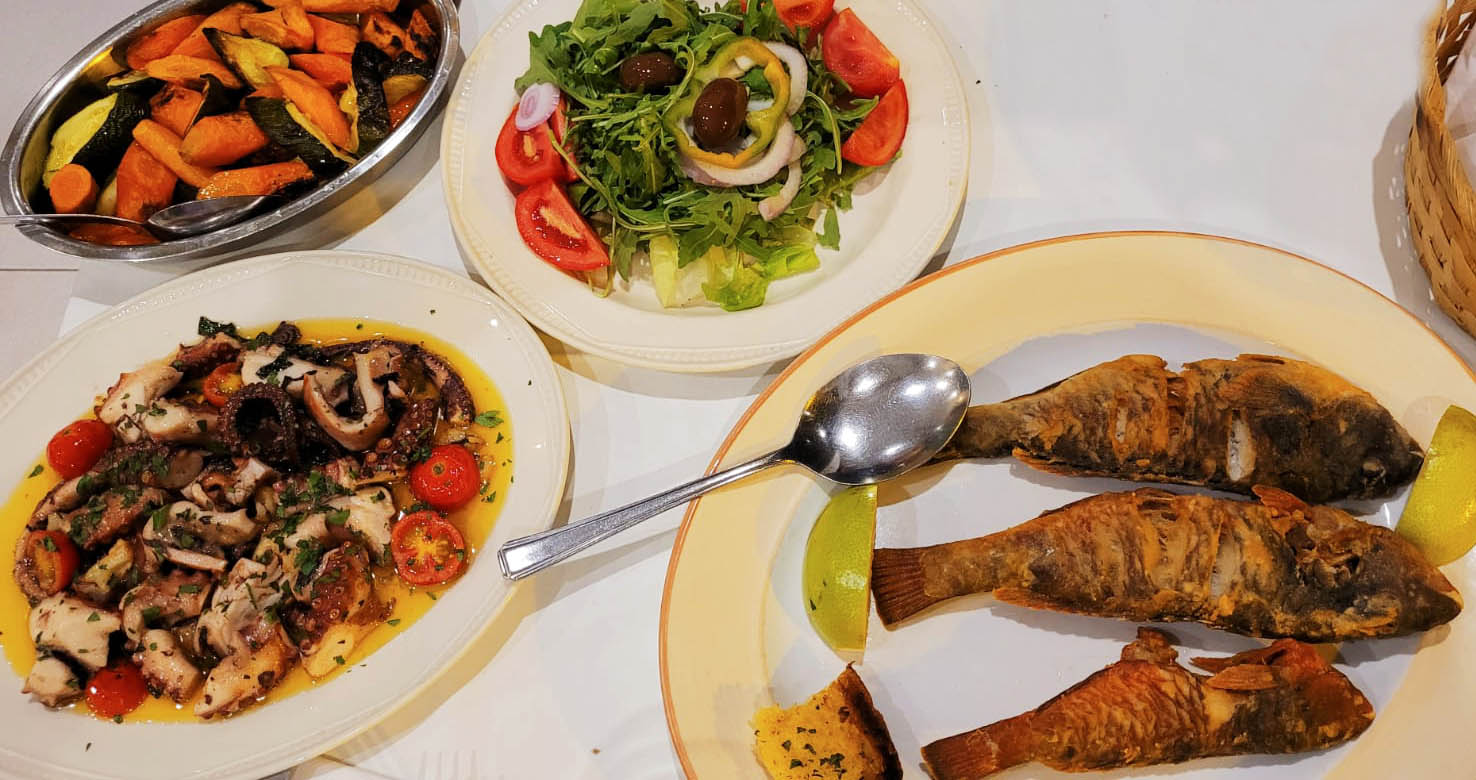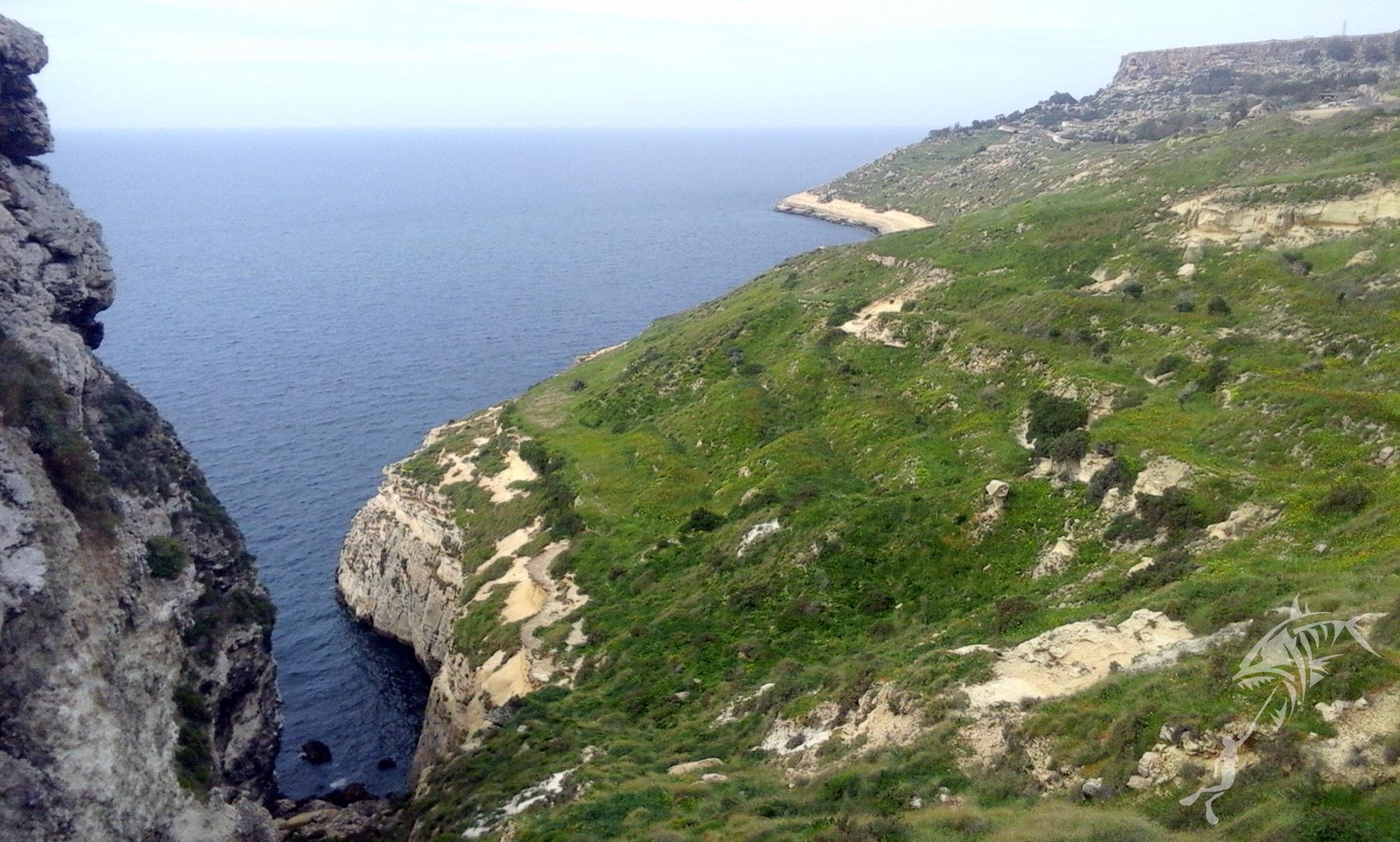INFO & RESOURCES
PLEASE READ BEFORE BOOKING
AIDA COURSES STUDENT SUPPORT
GOOD TO KNOW
MEDICAL
Upon arrival you will be signing the Medical Statement and Liability Release forms (download links are above). This is a standard procedure for any reputable diving instructor or school around the globe.
Please read through the Medical Statement prior to your arrival. If there’s any medical condition that is going to be marked as YES then you must first check with a doctor if you are fit for freediving. If you are, then he will need to sign and stamp his approval on the Medical Statement, which you can then send to us scanned or present it when you come.
BOOKING PROCEDURE
Please note that enquiring about certain dates does NOT mean that you are booked. In high season people are booking every day and availabilities can change very quickly.
If you want to secure your spot then you need to confirm your booking. This is being done by agreeing with us on available dates and then making a deposit payment shortly after. Booking fee is €50 per person.
Please be transparent and communicate to us if you are not sure regarding your confirmation. We will do our best to hold your spot to the best of our availabilities. Otherwise delaying the booking payment may result in cancellation of our agreement.
Inform us as soon as the payment has been made, since it may take some time to come through.
The remaining balance is to be paid upon arrival.
STEP 1 - REGISTRATION
If you are doing a freediving course, once you are booked, and if you are new to AIDA, then you want to register on the AIDA online education system. You can do it here:
https://eos.aidainternational.org/Register
Once registered, or if you already have an AIDA account, let us know the email address used. We will then send you an invitation to the course. You need to login and accept this invitation.
This gives you access to your profile, course details, manuals and your future digital certification.
STEP 2 - MANUAL & EXAM
Once registered, first thing that you want to do is log in to your AIDA EOS and download the AIDA manual. It’s always better if you can read it before you come, but it’s not mandatory. We will go over the most important theory during the classroom lessons.
If applicable, you will also receive an invitation for the AIDA online theory exam. Again, you can do it before we meet or after the practical part – whenever you feel ready. Once you decide to do it you will then need to accept this invitation, follow the instructions and complete the exam.
Once you did the exam it’s important to inform us. You cannot be certified without it, and we don’t get automatic notification from the system when someone completes the exam.
STEP 3 - CERTIFICATION
If you did an AIDA1 course then you will be certified shortly after.
All other AIDA freediving courses have minimum requirements that need to be met. Once these requirements are met, and you pass the online theory exam then you will get certified accordingly.
You can find your digital certificate when you log in to your AIDA EOS, under PROFILE > Certifications acquired.
Your certification is permanent and you can download it and present it in digital form or print it out.
You can use it, other then hanging it on your wall 🙂 , for divers only parking spots, access to freediving competitions and deep pools and it might be required to join certain freediving or spearfishing activities.
WHAT SHOULD YOU BRING
NUTRITION
Drinking water and proper hydration is essential. With that being said – alcohol is a strong dehydrator, and dehydration is cumulative. If anything, you really want to avoid drinking alcohol during and before the diving day.
Other then that, snacks we provide are protein bars. If you wish to bring something else to eat – feel free to do so.
Remember that it’s not recommended to eat anything 2 hours before diving. However, some people can feel low on energy and it’s common practice to snack some bits of simple carbs to lift the spirits. Think fast digestion. On the flip side, you do want to avoid anything that provokes acid reflux or vomiting.
Each person has a different metabolism, therefore we need to adapt accordingly. You know best what works for your body. And ofcourse, take special care and let us know if you are allergic to anything.
TRANSPORTATION
Your instructor knows his way around the island really well.
Transportation is included in all courses and excursions. We can pick you up and drop you off in St Paul’s and St Julian’s areas.
In case you are planning to use your own transport you should know that in Malta parking is sometimes hard to find in bigger towns. However, in our lovely village you will have a guaranteed free parking spot.
WHERE TO STAY

First of all, we do NOT recommend staying anywhere south from St Julian’s area, because it’s going to be totally urban all the way to the coast and you will find massive traffic.
Are you visiting Malta mainly for diving and sightseeing? Then strategically speaking St Paul’s area is the best choice. It sure isn’t the prettiest, but it ain’t bad either, plus – it has a lot of benefits.
You can choose to stay in one of the numerous hotels or you can find plenty of other budget accommodation options. Wherever you’re staying it’s at a walking distance from the sea and surrounded by all the amenities that you might need.
More importantly, St Paul’s is close to the most popular dive sites. It’s well connected with the rest of the island in terms of free buses and other transportation options and there are also plenty of bars and restaurants to enjoy a few drinks or have a nice dinner.
If you are into spearfishing then we have a special place for you where you can actually eat what you caught!

WAIT, YOU WANT TO PARTY AS WELL?
Free buses and Bolt are readily available. Yes, you read that right – regular bus rides in Malta are free of charge as of October 2022! BUT – if you want to use that service make sure to obtain your Tallinja card well in advance.
BEST TIME TO VISIT MALTA

